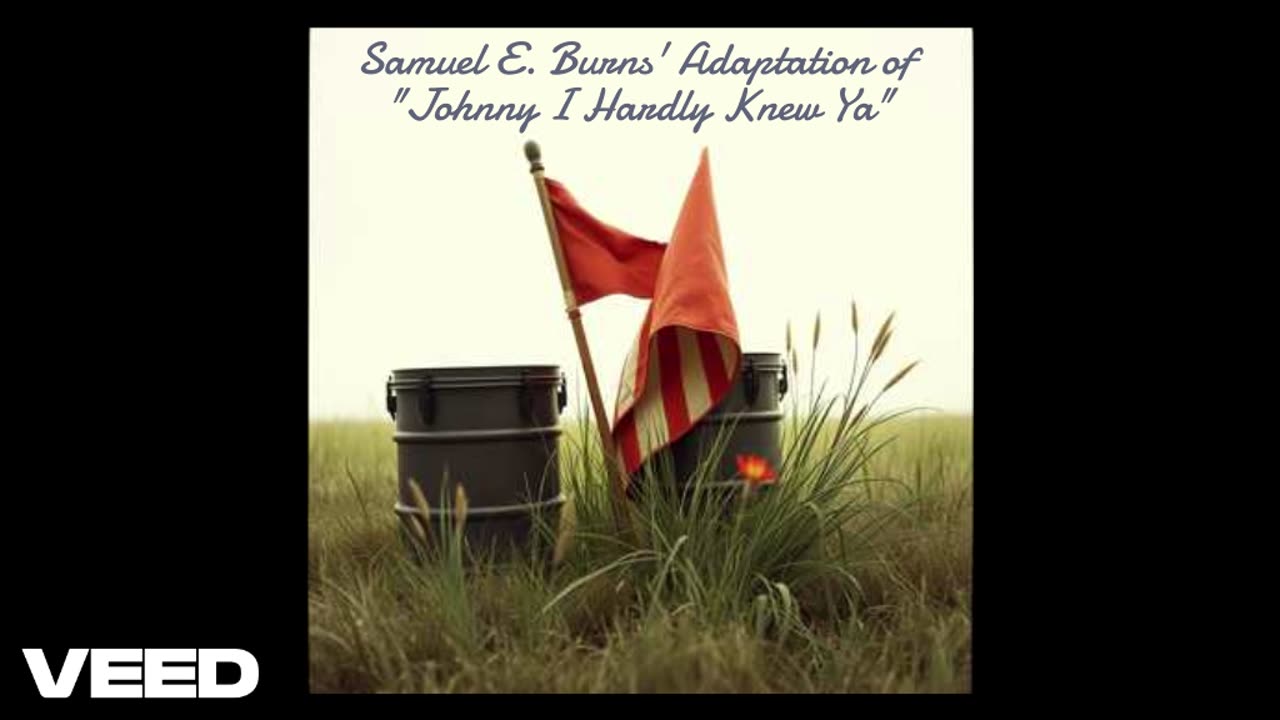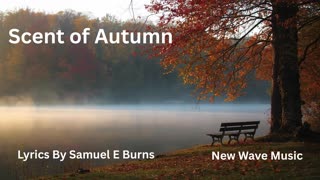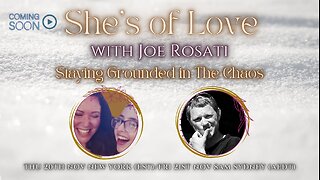Premium Only Content

Samuel E. Burns' Adaptation of "Johnny I Hardly Knew Ya"
Samuel E. Burns’ adaptation of Johnny I Hardly Knew Ya, based on The Irish Rovers’ version, is a heartfelt and respectful reworking of the traditional Irish anti-war ballad. The lyrics retain the song’s core emotional resonance, delivering a poignant critique of war’s devastating impact on individuals, while introducing subtle changes that reflect Burns’ personal voice.
Burns preserves the song’s iconic refrain—“With your drums and guns and guns and drums, hoorah, hoorah, hoorah”—which serves as a rhythmic anchor, evoking the relentless march of war. The repetition of “The enemy nearly killed ya” and “Johnny, I hardly knew ya” maintains the haunting tone of the original, emphasizing the transformation of the returning soldier. The adaptation’s structure, with its cyclical stanzas, mirrors the inescapable grief and loss central to the song’s narrative.
The shift in the final stanza from “The enemy nearly killed ya” to “The enemy never killed ya” is a notable departure. This alteration introduces a bittersweet nuance, suggesting Johnny’s physical survival but underscoring the profound emotional and physical toll—his “strange” appearance and broken state. This change adds a layer of hope, albeit fragile, that distinguishes Burns’ version while staying true to the song’s anti-war message.
The stanza addressing Johnny’s homecoming—“So low in the flesh, so high in the bone”—is particularly evocative, painting a vivid picture of his physical deterioration while hinting at spiritual resilience. This line, unique to Burns’ adaptation, enhances the emotional depth, making the listener linger on the cost of survival.
While the adaptation is faithful to the original’s spirit, some lines, such as “Where are the eyes that were so blue,” feel slightly less vivid than the traditional “Where are the eyes that looked so mild.” The original phrasing carries a softer, more tender connotation, which might better contrast the harshness of war. Burns could consider experimenting with descriptors to heighten the emotional pull, perhaps emphasizing the lover’s memory of Johnny’s pre-war vitality.
Additionally, the repetition of certain lines (e.g., “Where are the legs that used to run”) within stanzas, while true to some traditional versions, can feel slightly redundant. Streamlining these repetitions or varying the phrasing could add dynamic flow without sacrificing the song’s folk roots.
Burns’ adaptation is a compelling reinterpretation that honors the song’s historical and emotional weight while infusing it with subtle personal touches. The anti-war message remains clear, delivered through stark imagery and a mournful tone that resonates with modern audiences. The final stanza’s shift to acknowledge Johnny’s survival is a poignant twist, offering a glimmer of hope amidst the tragedy. This version would fit seamlessly into a folk music revival, appealing to listeners who appreciate both tradition and thoughtful innovation.
-
 3:52
3:52
New Wave Music
16 days ago"Scent of Autumn" Lyrics By Samuel E Burns
1463 -
 19:02
19:02
The Pascal Show
1 day agoNOT SURPRISED! Pam Bondi Is Lying To Us Again About Releasing The Epstein Files
346 -
 6:05
6:05
Blabbering Collector
15 hours agoRowling On Set, Bill Nighy To Join Cast, HBO Head Comments On Season 2 Of Harry Potter HBO!
87 -
 57:44
57:44
TruthStream with Joe and Scott
2 days agoShe's of Love podcast & Joe:A co-Hosted interview, Mother and Daughter (300,000+Facebook page) Travel, Home School, Staying Grounded, Recreating oneself, SolarPunk #514
18.9K1 -
 30:49
30:49
MetatronHistory
1 day agoThe Truth about Women Warriors Based on Facts, Evidence and Sources
15.4K11 -
 2:59:08
2:59:08
FreshandFit
10 hours agoA Sugar Baby & A Feminist ALMOST Fight Each Other
211K43 -
 6:24:23
6:24:23
SpartakusLIVE
9 hours agoFriday Night HYPE w/ YOUR King of Content
100K1 -
 2:27:53
2:27:53
Laura Loomer
6 hours agoBREAKING: MTG Resigns From Congress, Mamdani Meets Trump
61.8K93 -
 3:30:10
3:30:10
PandaSub2000
1 day agoDisney & Buzz Trivia | PHOENIX & HAVIX (Original Live Version)
28.8K -
 15:23
15:23
T-SPLY
11 hours agoBUSTED Assistant Principle And Brother Arrested For Wanting To Kill ICE!
26.2K13